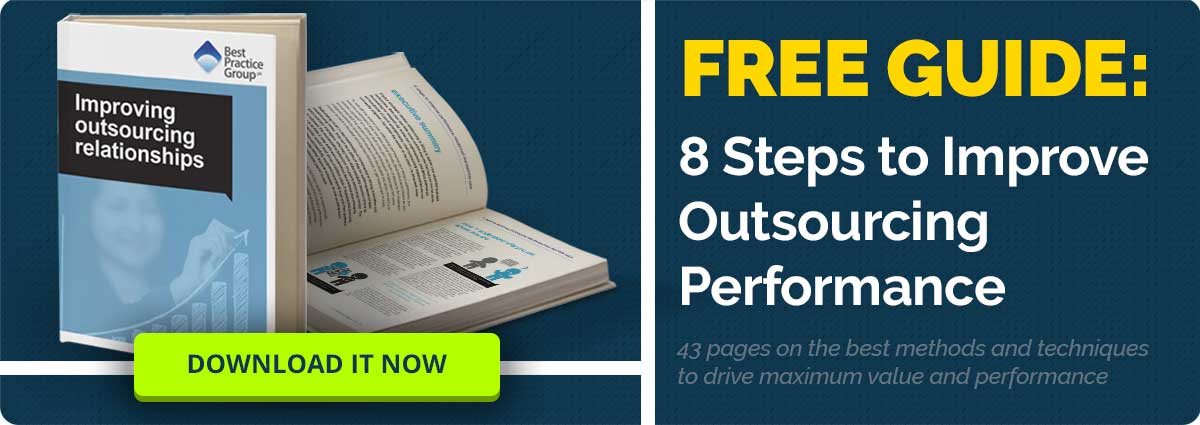 Early Contract Lifecycle Issues is the sixth article in our series of seven covering the key principles highlighted by the National Audit Office (NAO) in its report on emerging best practice in commercial and contract management.
Early Contract Lifecycle Issues is the sixth article in our series of seven covering the key principles highlighted by the National Audit Office (NAO) in its report on emerging best practice in commercial and contract management.
140 projects were reviewed in its production; practitioners and stakeholders offered their views in discussions, interviews and workshops, and the end result is a well considered and insightful read, should you choose to do so.
We have already written a number of articles on this report, including our series of seven dedicated to the 20 issues the NAO considered most vital for any organisation to watch out for – this being one of them.
This particular article considers the two issues highlighted by the NAO under the heading of Contract Lifecycle.
Issue #17 of 20: Plan for uncertainties
If there is one thing you can be certain of, it’s that change is inevitable in long-term agreements. However, what nobody can be absolutely sure of is exactly what that change will be. The bigger and more complex the relationship that a contract is created to oversee and guide, the more likely change will happen throughout its lifecycle. And, as economic, political, and social changes and challenges cannot always be predicted, no contract can ever be drawn up that will plan for every uncertainty. The results of this is that rigid agreements can lead to costly changes when they need to be adapted to remain relevant to the goal of achieving specified outcomes in a changing environment. The answer to this is to build flexibility into your contracts from the beginning so they are better able to handle uncertainty and change.
Warning Indicators
- Flexibility not being built into a contract, particularly in the early days.
- Contracts not reflecting uncertainties and the need to change and, therefore, running into difficulties, particularly where uncertainties are significant.
- Residual risks associated with uncertainties not being recognised or managed.
Emerging Best Practice
- Recognise
Plan for uncertainty, factor the potential for change into your research, then create a culture of openness and trust with your supplier by developing a strategy together to deal with uncertainty within your agreement that allows for change.
- Reduce
Consider all reasonable possibilities for change and manage that risk by incorporating methods and processes for handling change within your agreement and calculating from the outset what the financial impact will be on the project should certain changes occur.
- Manage
Throughout the relationship, risks to the relevance of your agreement should be monitored and data on this shared with your suppliers, so if an amendment to your agreement is required, it does not come as a complete shock.
Issue #18 of 20: Work towards business as usual requirements
The phase between procurement and BAU is a vital period for the success of a relationship. Time should be taken to determine and set up good practice processes, to let the contractual terms settle and identify any changes needed, and to recognise risks that may impact on a project’s outcomes. This mobilisation phase will set the tone for the remainder of the relationship so it’s important to get right.
Warning Indicators
- Rushing mobilisation, which has an impact on performance.
- A lack of clear specification of roles and responsibilities before ‘live running’, creating uncertainties and performance challenges.
- Extending ‘service credit holidays’, reducing the effectiveness of the early stages of a contract.
Emerging Best Practice
- Establish a mobilisation plan
From the outset it makes sense to share knowledge of the importance of a mobilisation period and plan with your supplier so they can clearly understand the reason for such a pause. This should also be considered as an opportunity to build early commercial trust by developing shared transition goals.
- Set aside time and resource
Both sides in the relationship require adequate time, funding and skills resources to ensure a smooth transition throughout the mobilisation period. Things can rarely be assured to go smoothly, so it is important to have experienced personnel available to handle challenges as they arise.
- Use effective processes
Be realistic, measure progress, determine milestones and report on their achievement, while all the time working with your suppliers to share your schedule.
- Monitor the results
Progress through the mobilisation stage is the first step to understanding the tolerance levels of your agreement; therefore, lessons learned here could help to identify new risks and solutions as well as determining the robustness, or lack thereof, of the relationship and contract.
Conclusion
The essence of these early stage contract lifecycle issues is to highlight the dual realities of shifting sands and the need for time to breathe. Change is practically guaranteed, so plan for it, build your relationship around recognition that it will happen, and the need to adapt when it does. And never rush in. Most commercial relationships are complex and require some bedding-in time, create your processes, gather your personnel, build your support, and plan, test and adjust accordingly.
Previous articles of ours have focused on several of the 20 fundamental issues highlighted within the NAO’s ‘Commercial and contract management: insights and emerging best practice’ report. These issues are grouped under seven key judgements for commercial relationships. So, for a full and detailed picture of these issues, click on the following links to be taken to the relevant article. (They are being completed in order, so if a link does not exist watch out for the additional article over the next few weeks) – Commercial Strategy, Commercial Capability, Market Management and Sourcing, Contract Approach, Contract Management, Contract Lifecycle, Transition and Termination.
photo credit:Sutterstock


